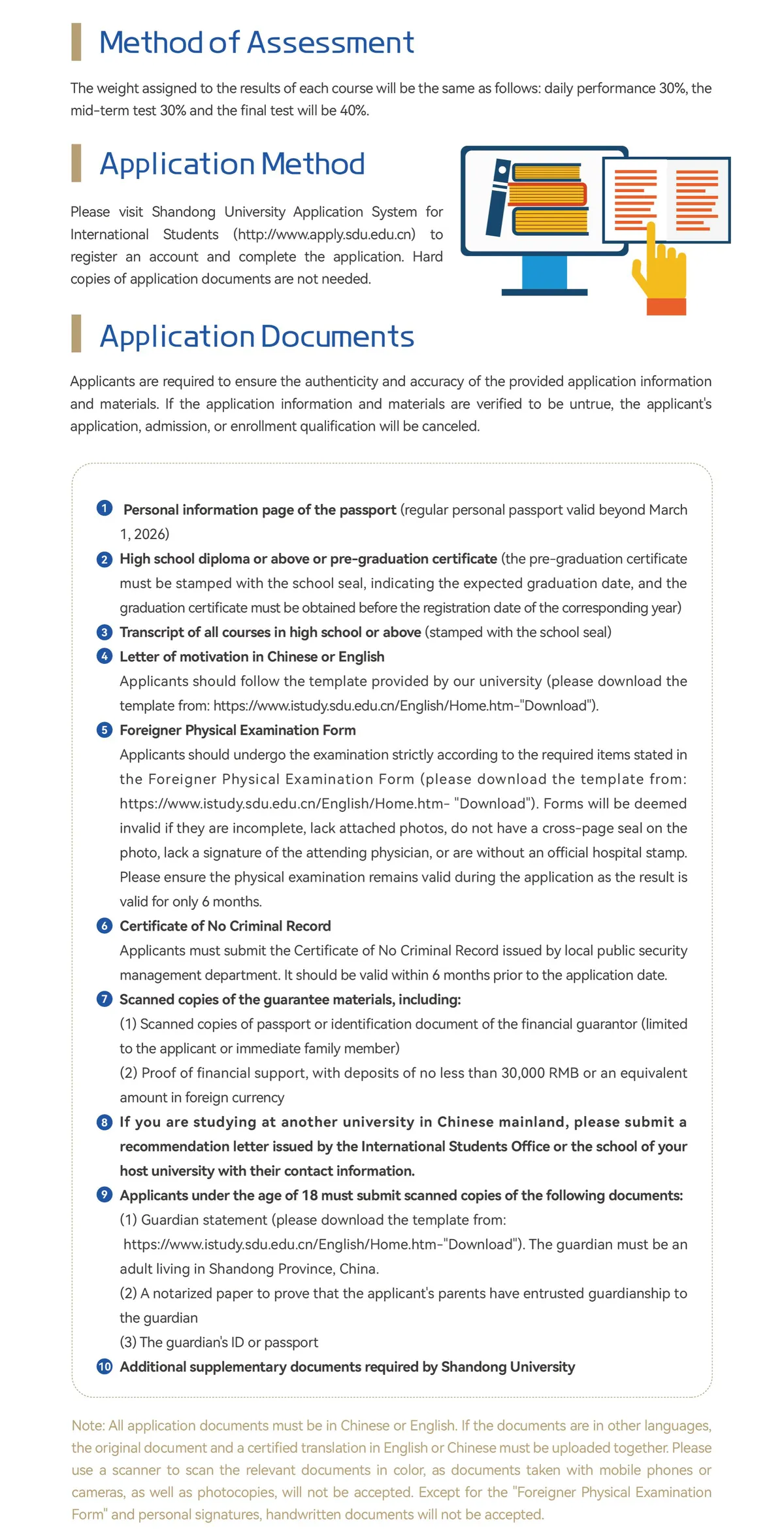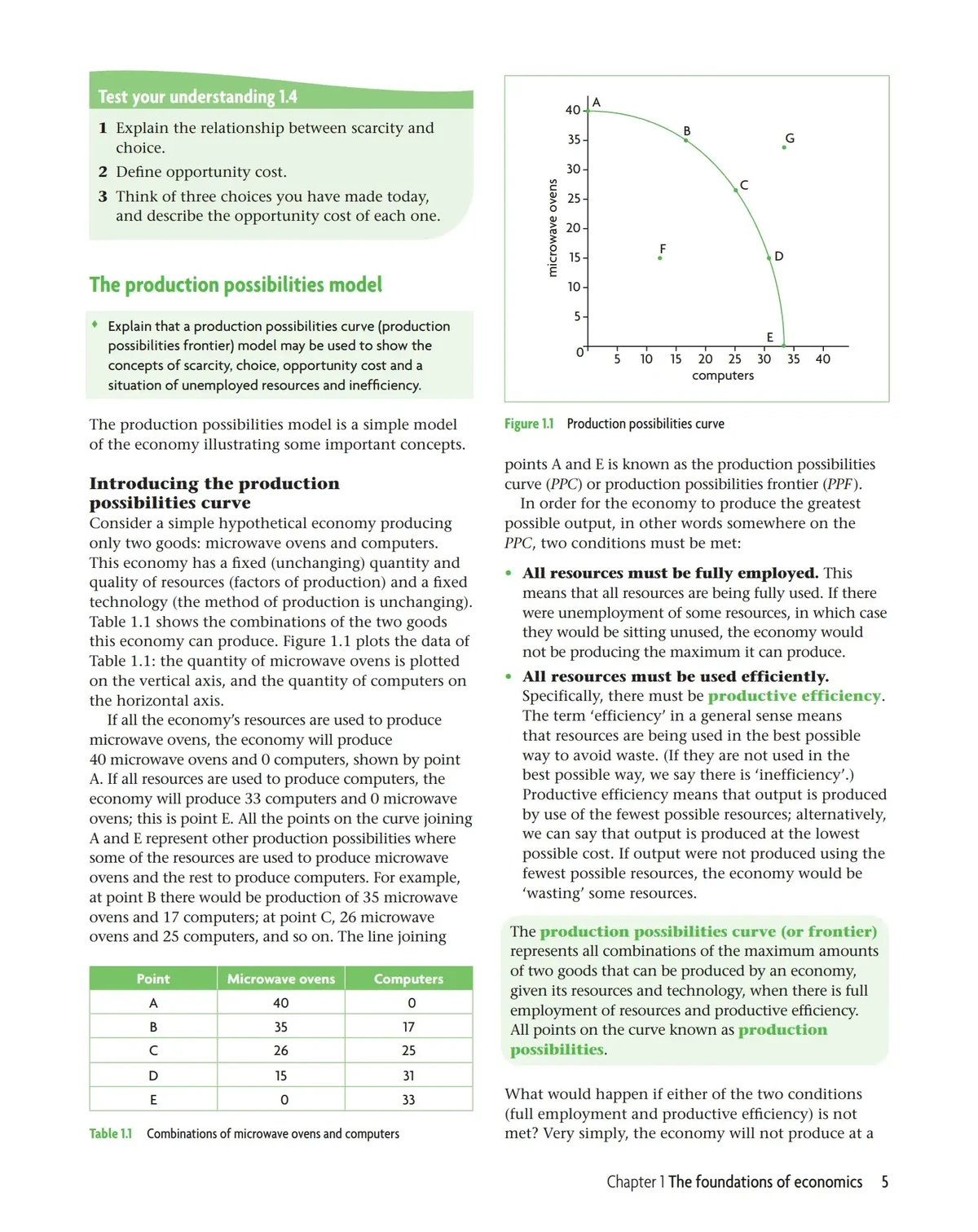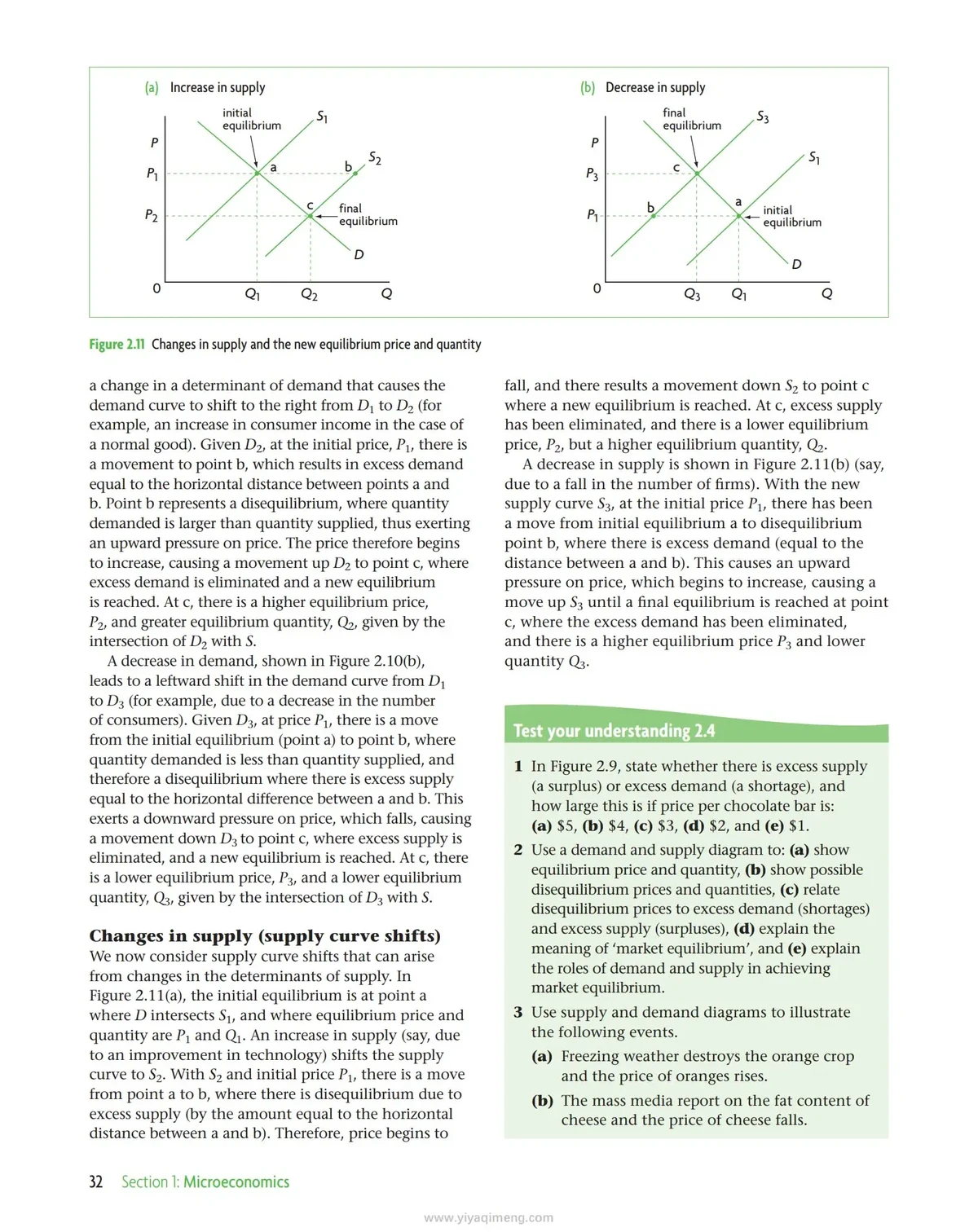========================================================
The Efficient Market Hypothesis (EMH) is one of the most debated and influential theories in economics and finance. It plays a fundamental role in understanding market behavior and asset pricing. For economics students, grasping the core concepts of EMH is essential for comprehending how financial markets function. This article provides a thorough introduction to the basics of EMH, its implications, and how it affects various financial strategies, including quantitative trading.

Table of Contents
What is the Efficient Market Hypothesis?
The Efficient Market Hypothesis (EMH) suggests that financial markets are “informationally efficient,” meaning that asset prices fully reflect all available information at any given time. According to EMH, it’s impossible to “beat the market” consistently through expert stock picking or market timing, as any new information is quickly absorbed by the market, leading to an accurate price reflection.
In simple terms, EMH posits that stock prices follow a random walk because they are constantly adjusted by new, unpredictable information. Whether it’s public news, earnings reports, or geopolitical events, any information that could affect the price of an asset is already incorporated into its current price.
Key Assumptions of EMH
For EMH to hold true, several key assumptions must be made about the market:
- All participants have access to the same information: The market is free of insider trading and information asymmetry.
- Investors act rationally: All market participants make decisions based on the information available and behave in a way that maximizes their utility.
- No transaction costs: There are no frictions in the market, meaning buying or selling assets doesn’t incur additional costs like brokerage fees or taxes.
These assumptions create an idealized version of the market where price movements are solely driven by random fluctuations in new information.
Types of EMH: Weak, Semi-Strong, and Strong
The EMH is divided into three categories, depending on the types of information that are reflected in asset prices:
1. Weak Form EMH
The weak form of EMH states that all past trading information, such as price and volume data, is already reflected in asset prices. This implies that technical analysis—which involves analyzing past price movements to predict future trends—cannot consistently yield superior returns.
2. Semi-Strong Form EMH
The semi-strong form expands on the weak form by asserting that all publicly available information, including news releases, financial statements, and economic reports, is also reflected in asset prices. Therefore, fundamental analysis—evaluating a company’s financial health and potential—is not an effective way to gain an edge.
3. Strong Form EMH
The strong form of EMH is the most extreme, claiming that all information, both public and private (insider information), is fully incorporated into stock prices. This means even insiders cannot make consistent profits by exploiting non-public information.
Empirical Evidence for and Against EMH
The Efficient Market Hypothesis has generated significant debate. Here’s a look at the evidence for and against it:
Evidence Supporting EMH
- Random Walk Theory: Research has shown that stock prices often follow a random path, with no clear patterns or trends that can be exploited consistently.
- Performance of Active vs Passive Funds: Numerous studies have shown that passive investment strategies (e.g., index funds) often outperform actively managed funds over the long term, suggesting that beating the market is exceedingly difficult.
- Price Adjustments to New Information: Research has found that stock prices adjust quickly to new information, supporting the idea that markets are efficient.
Evidence Against EMH
- Market Anomalies: Certain market anomalies, such as momentum (stocks that perform well in the past tend to continue performing well) and the January effect (stocks tend to rise in January), challenge the idea that the market is fully efficient.
- Behavioral Finance: Studies in behavioral finance have shown that investors are not always rational. Cognitive biases like overconfidence and loss aversion can lead to mispricing of assets, creating opportunities for outperformance.
- Bubble and Crash Events: Events like the dot-com bubble or the 2008 financial crisis suggest that markets can be irrational and inefficient at times.

How EMH Affects Financial Markets and Investment Strategies
Understanding EMH is crucial for both students and professional traders. It has a direct impact on how markets are analyzed and how investment strategies are developed.
EMH and Quantitative Trading
For quantitative traders, EMH presents both a challenge and an opportunity. If markets are truly efficient, quantitative strategies based on historical data or other predictable patterns will not be effective. However, algorithmic trading and high-frequency trading systems can still find minor inefficiencies or arbitrage opportunities, especially in the short term, where market participants may not react instantaneously to information.
By integrating EMH into quantitative trading, traders can develop models that attempt to predict price movements based on market inefficiencies, such as those caused by liquidity imbalances or small pricing anomalies.
EMH and Active vs Passive Investing
One of the most significant implications of EMH is its impact on the debate between active and passive investing:
- Active Investing: Proponents of active investing believe that by using technical analysis, fundamental analysis, or insider information, traders can beat the market. However, EMH suggests that this is impossible in the long run because prices already reflect all known information.
- Passive Investing: EMH provides strong support for passive investing, such as investing in index funds or exchange-traded funds (ETFs). Since markets are efficient, the best strategy is to buy and hold a broad market index that reflects the overall performance of the market.
Practical Applications of EMH in Trading
While EMH suggests that it’s difficult to beat the market, it doesn’t mean that traders and investors should simply accept market prices without question. Here are some practical ways to apply EMH in trading:
- Asset Allocation: Rather than trying to pick individual winners, focus on creating a diversified portfolio that tracks the overall market.
- Risk Management: Use risk management techniques to minimize potential losses rather than relying on speculation to generate returns.
- Algorithmic Trading: Implement quantitative models that identify short-term inefficiencies while acknowledging that long-term predictions are largely uncertain.

FAQ: Common Questions on EMH
1. Does EMH apply to all markets?
EMH primarily applies to developed markets with high liquidity and efficient information dissemination. In less liquid or developing markets, inefficiencies may exist, which could be exploited by informed traders.
2. How does EMH affect quantitative trading?
For quantitative traders, EMH suggests that market predictions based on historical data alone are unlikely to yield consistent profits. However, by incorporating real-time data, arbitrage opportunities, and advanced machine learning models, traders may still exploit minor inefficiencies in the market.
3. Can EMH be used in long-term investment strategies?
Yes, EMH supports the idea of long-term, passive investment strategies, where the goal is to track the market through diversified investments like index funds, as opposed to trying to outperform the market through active stock selection.
Conclusion
The Efficient Market Hypothesis (EMH) provides an important framework for understanding financial markets and asset pricing. While it has faced criticism, especially from the behavioral finance community, it remains a cornerstone of modern finance theory. For economics students, a solid grasp of EMH will aid in comprehending how markets function, how assets are priced, and how traders and investors approach market opportunities. Whether you’re interested in quantitative trading or passive investing, understanding the basics of EMH is crucial for developing informed and effective financial strategies.
Don’t forget to share this article with your classmates or colleagues, and feel free to leave a comment or ask questions!

0 Comments
Leave a Comment